Update: our a6300 vs a6500 complete comparison is now online!
Less than a year has passed since Sony announced the a6300, the model that took the original a6000’s place at the top of the APS-C chain, but this didn’t stop the company from announcing a brand new flagship camera this month: the a6500.
While the two models have much in common, including the same 24.2MP Exmor CMOS APS-C sized image sensor, built-in EVF, hybrid autofocus system with 425 AF points across the sensor, 4K video, 120fps slow motion, and continuous shooting capabilities of up to 11fps or 8fps with the Live View, there are many ways in which the a6500 aims to redress the shortcomings of the a6300 as we’ll discover below.
As always, this is just a preview of the differences between the two cameras. Make sure to read our full comparison to find out more!
Ethics statement: The information supplied in this article is based on official specifications, press releases and our personal experience with Sony cameras (click here for the full comparison). We were not asked to write anything about these cameras, nor were we provided any compensation of any kind. Within the article, there are affiliate links. If you decided to buy something after clicking the link, we will receive a small commission. To know more about our ethics, you can visit our full disclosure page. Thank you!
1. 5-axis in-body sensor stabilisation
When the a6300 was released, many were surprised that it did not come with built-in sensor stabilisation given that Sony had proved itself capable of implementing the technology with the second generation A7 series.
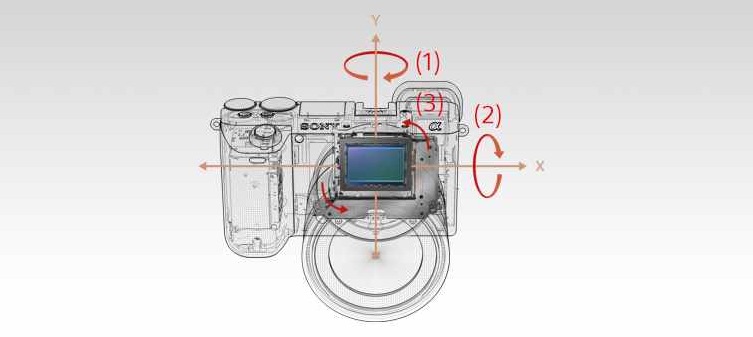
The a6500 remedies the situation with 5-axis in-body sensor stabilisation that compensates for five types of camera shake for stills and movies. According to Sony, the new gyro sensor compensates up to the equivalent of 5 steps, enabling you to use the camera at slow shutter speeds in low-light situations with minimal camera shake.
The in-body image stabilisation is compatible with all E-mount lenses that transmit EXIF data. With lenses that feature optical stabilisation, the camera uses three axes on the sensor and the two axes on the lens. With other lenses that don’t have electronic contacts, 3 axes on the sensor can still be used.
With a half press of the shutter button, the effect of the image stabilisation can be monitored in the EVF or on the LCD screen. This is available even when the lens attached does not have built-in shake compensation.
To have access to image stabilisation on the a6300, you must use Sony lenses with built-in OIS.
2. New front-end LSI chip on the sensor
Though the sensor resolution, technology and sensitivity range are the same as the a6300, the a6500 sensor has a newly added front-end LSI chip that gives the camera faster internal processing. This brings two improvements:
According to Sony, the LSI chip coupled with the BIONZ X processor engine should improve the high ISO performance for both stills and videos.
The second improvement concerns the buffer in continuous shooting mode.
While the a6300 was capable of taking up to 44 Extra Fine JPGs / 47 Fine JPGs / 21 RAW / 21 RAW & JPG in a burst, the a6500’s buffer has been expanded to 233 Extra Fine JPG / 269 Fine JPG / 107 RAW / 100 RAW & JPG over a period of approximately 35 seconds.
3. Touch Sensitivity on the LCD Screen
Pop open the bubbly – a high-end Sony camera finally has a touch-sensitive LCD screen!
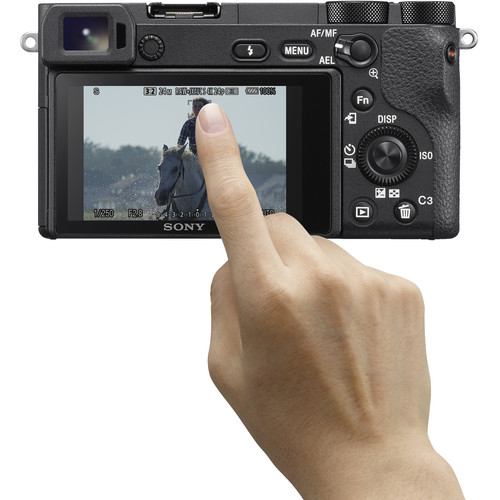
The addition of touch sensitivity to the a6500 will make it easier to select your focus point on the go, and it works even while looking through the electronic viewfinder.
The a6300, like all other Sony E-mount cameras with the exception of the a5100, lacks a touch sensitive screen, so you must use the buttons and dials to perform all actions related to focusing and taking a picture.
4. Addition of ‘Slow and Quick’ (S&Q) mode
The new a6500 comes with a brand new ‘Slow and Quick’ mode. With it enabled, you can record up to 5x Slow Motion and up to 60x Quick Motion at up to 50Mbps in high-quality Full HD. You can choose from eight shooting frame rates ranging from 1fps to 120fps. The video file can be saved at 24/25p/30p/50p or 60p. This means you can play back the quick or slow motion result in-camera without the need to conform the footage in post-production.
The a6300 has an HFR mode that lets you shoot at 100/120fps and record footage at 25 or 24/30p. There isn’t a “quick motion” option.
5. Extract 8MP stills from 4K footage
Taking inspiration from Panasonic’s 4K Photo mode, Sony has introduced the possibility to select, extract and save still images from 4K and Full HD movie footage directly on the a6500. The size of these files equates to around 8MP in 4K and 2MP in Full HD.
On the a6300, you can only extract stills from 4K or Full HD footage in a post-production software on a computer. It isn’t capable of taking a still while recording a movie either.
6. Improved shutter mechanism
The a6500 features a brand new high-durability shutter mechanism with a tested life span of around 200,000 release cycles. It promises to be quieter than that of the a6300, and to produce less shutter shock thanks to the addition of braking mechanisms near the end of the rear shutter, as well as elastic material as a shock absorber.
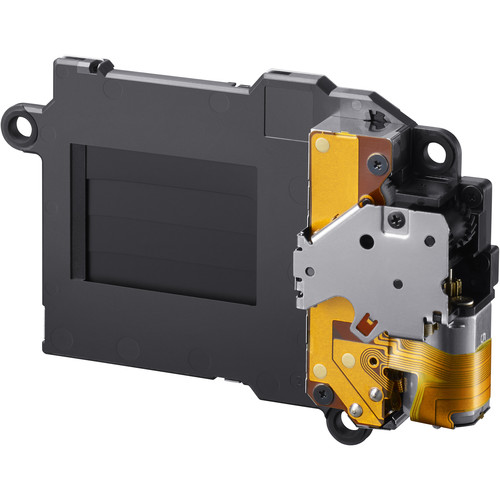
The a6300 has quite a loud mechanical shutter for a mirrorless camera but we’ve personally never encountered any serious shutter shock issues.
7. Updated design
Looking at the two cameras side-by-side, it is clear that little has changed in terms of the design. Both have the same flat-topped appearance with an EVF on the left-hand side of the body, a mode dial, a rear control dial, a built-in flash, and weather resistance.
However, if we look a little closer, we can notice a few differences.
The a6500 has borrowed a few design features from the second generation full-frame A7 series, including a softer eyecup, a recessed grip to improve handling, a larger shutter release button and ten custom buttons (versus the nine of the a6300) including two C1 / C2 buttons on top and a C3 button on the rear. The overall operation of the mode, control dials and rear buttons has also been improved.
8. Revamped user interface
Sony’s user interface is notorious for its complexity, so to hear that the a6500’s new menu should allow for a much smoother process for searching and adjusting menu settings is welcome news.
Just how much more organised this new menu system is, and whether it can be brought to the a6300 and other Sony cameras via firmware update has yet to be seen.
9. New metering modes and Priority Set in AWB
A smaller update to the a6500 that is nonetheless worth mentioning is the two new metering modes. ‘Highlight’ focuses on the brightest areas of the frame and helps you avoid blowing the highlights as the name suggests, while ‘Entire Screen Avg.’ maintains an average metering for the entire image.
Another interesting update concerns the Auto white balance. When you find yourself in a location with incandescent lamps or similar light sources, you can choose the colour tone priority: Standard, Ambience (warmer tone) or White (faithful white tones).
Hopefully, both of these new features will come to the a6300 via firmware update later on. Fingers crossed!
10. Bluetooth connectivity and Enhanced Remote Camera Control
The a6500 is now the most “connected” Sony camera. In addition to Wifi, NFC and a QR code that can pair the camera with your smartphone without NFC, you also have Bluetooth that offers location data acquisition when paired with a mobile device.
As for Remote Camera Control (USB connection), you can now save the images on the SD card as well as on the computer. You can also decide to transfer only JPGs rather than RAW+JPEG to the computer.
Bonus: New setting to control overheating
The a6500 introduces a new setting called Auto Pwr OFF Temp. with two options: Standard and High. When set to High, the camera will extend the recording time even if the camera gets warm. Sony says that this setting can let users record two 29 minute clips one after the other.
Since it seems to be a software fix, we can only hope that Sony will introduce it on the a6300 via firmware update at some point.
Conclusion
We’ve saved one of the biggest differences for the conclusion and that is the price.
While the Sony a6300 could still be called “affordable” with a price tag just shy of $1000 for the body alone, the a6500 will debut at no less than $1400 in the US (or €1700 in Europe, which is even higher). While this pretty much in line with other mirrorless bodies featuring similar capabilities, it is more than we’ve come to expect from the a6000 series of cameras, which has always been celebrated for balancing high-end features with affordability.
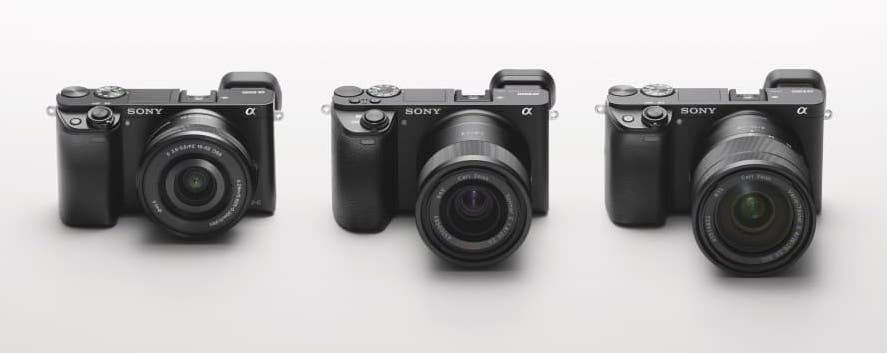
That said, there is no doubt that the a6500 is a very attractive product since it rectifies many of the perceived shortcomings of the a6300, including a lack of in-body stabilisation and a touch screen, the limited buffer, and the annoying menu system.
At this point, one can only wonder why Sony didn’t wait to release the a6300 and give it these features in the first place.
Check price of the Sony a6500 on
Amazon | Amazon UK | B&H Photo | eBay
Check price of the Sony a6300 on
Amazon | Amazon UK | eBay | B&H Photo
Second-hand Sony cameras on

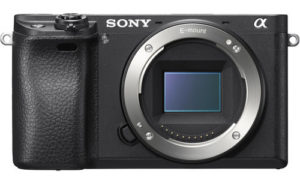
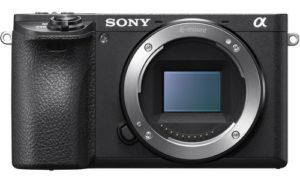
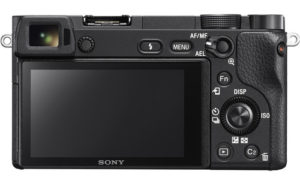
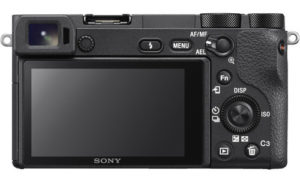
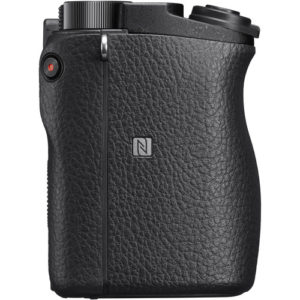
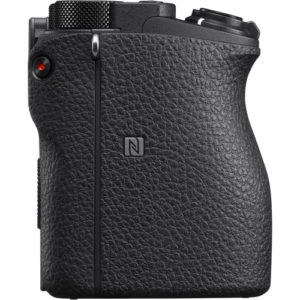
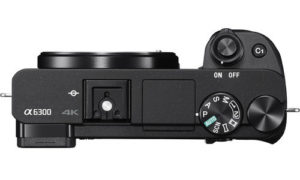

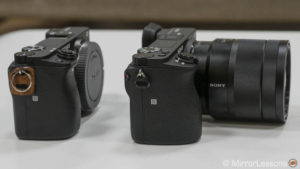
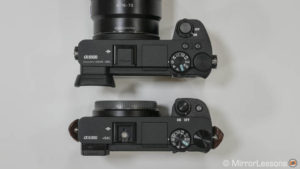
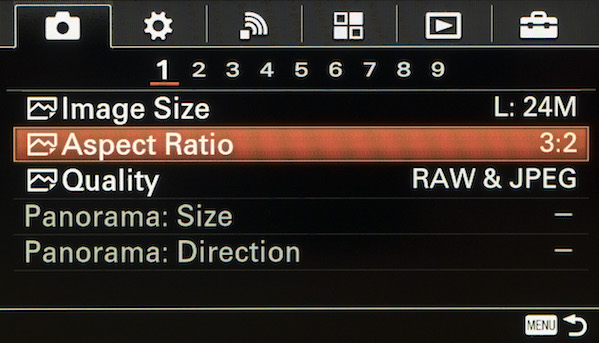
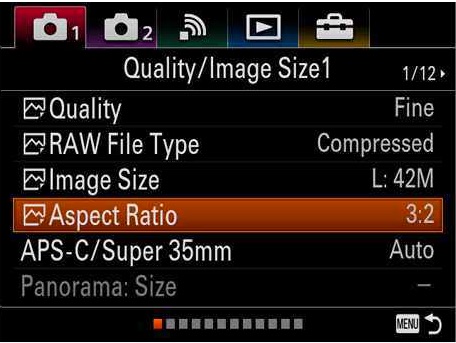
Great analysis! I also wonder – what features of the a6300 did they remove? Camera manufacturers always remove something, as “upgradeability” is a necessary feature for them (but not the consumer).
It’s almost like the read my Amazon review of the A6300 and addressed each negative, including the hard eyecup. Actually, I have the top review on Amazon, they probably did read it, lol.
I’m quite impressed, Sony has once again created a near perfect step system in this line…..just like with the a7 series and the RX100 and RX10 series, you have choices and the choices make sense at their different price points.
I’m surprised this camera isn’t bigger….with the ability to shoot 300 pics before the buffer fills, and with some overheating problems in the a6300, PLUS adding stabilization, I’m sure there was some temptation to make the body deeper. If they pulled all of this off without heat problems it’s an engineering miracle.
It’s 5mm deeper
So basically still ignoring all the issues of the a6300 other than the IBIS… Still the same pathetic battery despite the fact that the grip was lengthened meaning a larger one could be fit, and still the same pathetic overheating issue, just now there’s a setting to ignore it and allow your camera to have a thermal meltdown….. Not worth the move from the 6300.